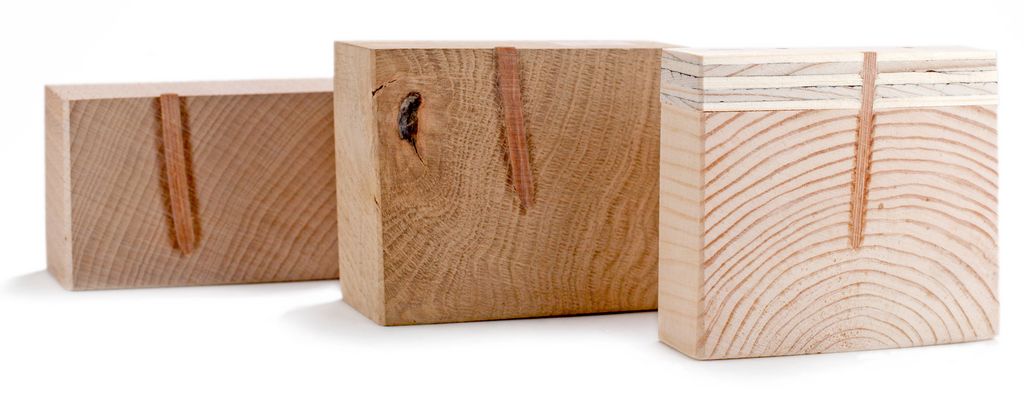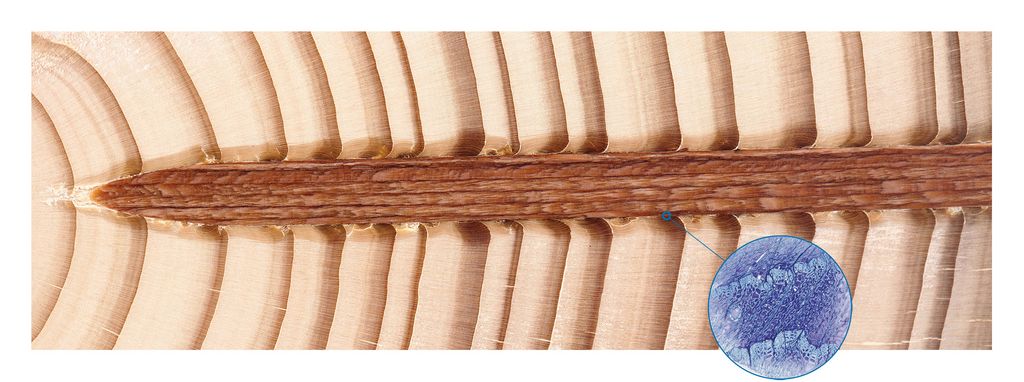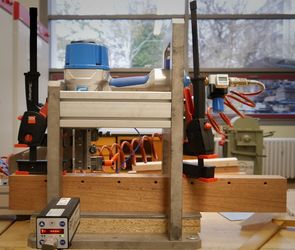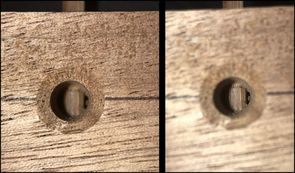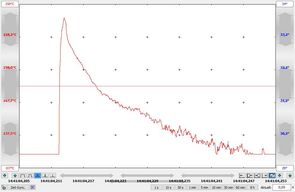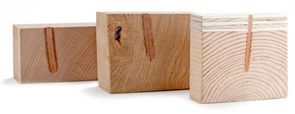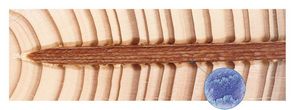Factors influencing the surface temperatures of pneumatically single-shot wooden nails
Master thesis by Arne Fey
Nails are one of the most used lanyard in many wooden constructions. They are easy to process and time-saving in use. The predominant nail material used today is steel. Their use has developed steadily. Since the 1920s, a variety of mechanical nail driving devices have been developed, which have often replaced the hammer as the classic tool. Nails can thus be used with much higher driving energies. The connection is purely mechanical and the nail holds by clamping its surrounding substrate. Steel nails are often limited in their possibilities. The processability of nailed workpieces, possible corrosion or aesthetic aspects can lead to decisions against the use of steel nails.
Analogy to wood welding?
A further development of machine-shot metal nails is the laminated and pre-compressed wooden nail made of beech wood, which is driven in pneumatically. The Ligno Loc® from the BECK Fastener Group examined in this paper is used like a metal nail without pre-drilling. Due to the friction of the surfaces between the nail and the matrix, enough heat is generated during the insertion to soften the lignin temporarily and cause bonding. Despite the shorter duration of action, there seems to be an analogy to linear and rotary wood welding.
In this work, the influencing factors on the wood welding effect described in the literature were investigated with regard to their effectiveness in mechanical nail driving. For this purpose, wooden nails were driven into specimens at variable parameters and compared with regard to the temperatures occurring during this process. The temperature during the insertion was determined with a high-speed pyrometer. In addition, a quasi-static driving test was carried out to compare the driving energies. Two calculation models of the friction temperature are presented.
The work shows a significant correlation between the wood moisture content of the nail insertion matrix and the friction distance of the nail on the temperature development during nail insertion. The temperature of approx. 150 °C required for the plasticisation of the lignin is reached in every configuration. It is assumed that the lignin lowers the coefficients of friction of the surfaces with increasing viscosity, which is why the temperatures stagnate in a range of 170 - 210 °C.

